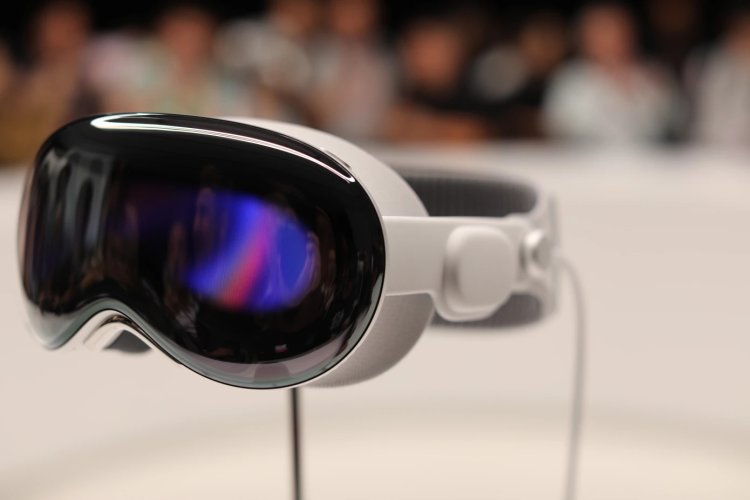Apple Allegedly Reduces Production of Vision Pro and Delays Release of Lower-Priced Model
Apple Faces Uncertainty as Vision Pro's Success Remains Ambiguous

The success of Apple's Vision Pro headset raises several interconnected questions that are yet to be answered. Firstly, there is the matter of projected sales and industry analysts' forecasts. Secondly, the target audience and buyer demographic for the product remain unclear. Lastly, the timeline for achieving success is a crucial factor, as it is unlikely that the headset will achieve the same level of popularity as the iPhone immediately.
Rumors of reduced sales forecasts preceded the official announcement of the Vision Pro, and the $3,500 price tag further fueled skepticism among analysts. The high price can be attributed to Apple's premium pricing strategy as well as the fact that it is a first-generation product. The headset underwent seven to eight years of research and development, including the creation of customized hardware components.
While scaling typically leads to reduced hardware costs, being the first to market with innovative technologies often comes with a higher price tag. In the case of the Vision Pro, the inclusion of two small 4K displays appears to be a contributing factor. These displays are also implicated in the recent reports of reduced sales forecasts. However, this reduction seems to be more related to manufacturing constraints rather than a lack of demand.
According to insider sources from Apple and contract manufacturer Luxshare, manufacturing bottlenecks have resulted in a decrease in Vision Pro orders. Apple has supposedly asked Luxshare, the sole assembler of the Vision Pro, to produce fewer than 400,000 units next year, down from the initial internal sales target of one million. Both Apple and Luxshare declined to comment on the matter.
Manufacturing challenges have been prevalent in recent years due to pandemic-related closures, affecting even established devices from Apple. The addition of micro-OLED displays further compounds these concerns. It is anticipated that as other devices adopt this technology and production scales up, prices will decrease. However, mixed reality headsets still belong to a relatively unproven product category, adding to the uncertainty surrounding the Vision Pro's future.

 chandni
chandni 



